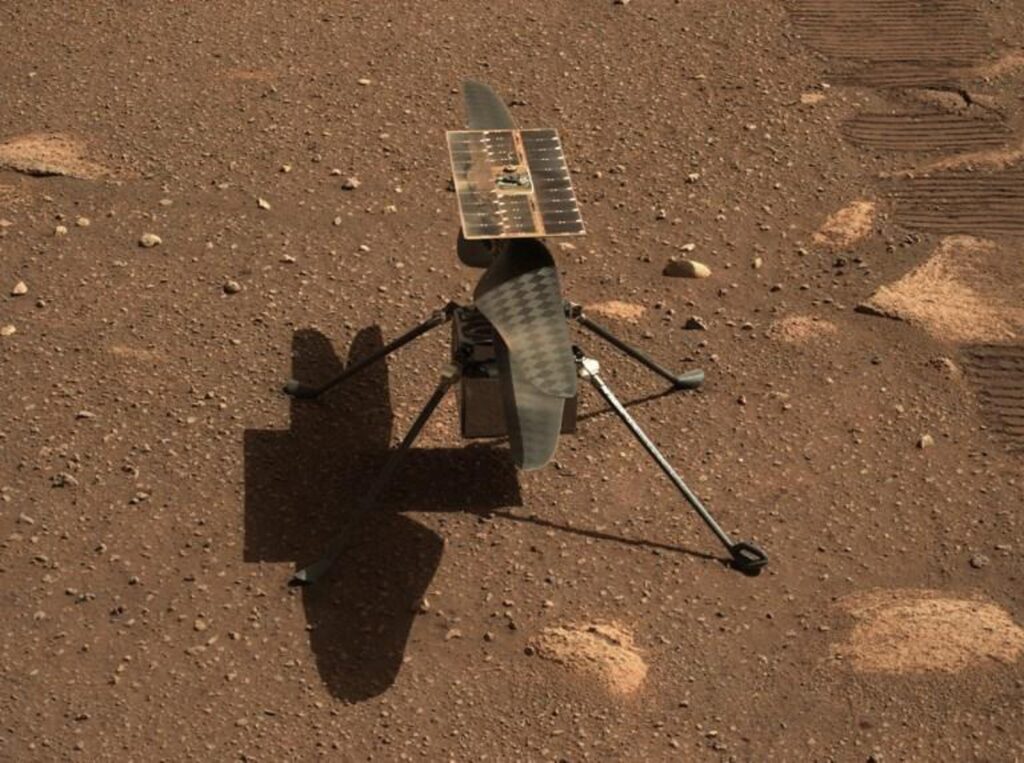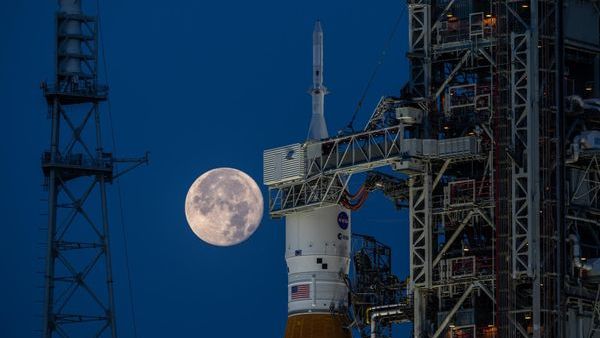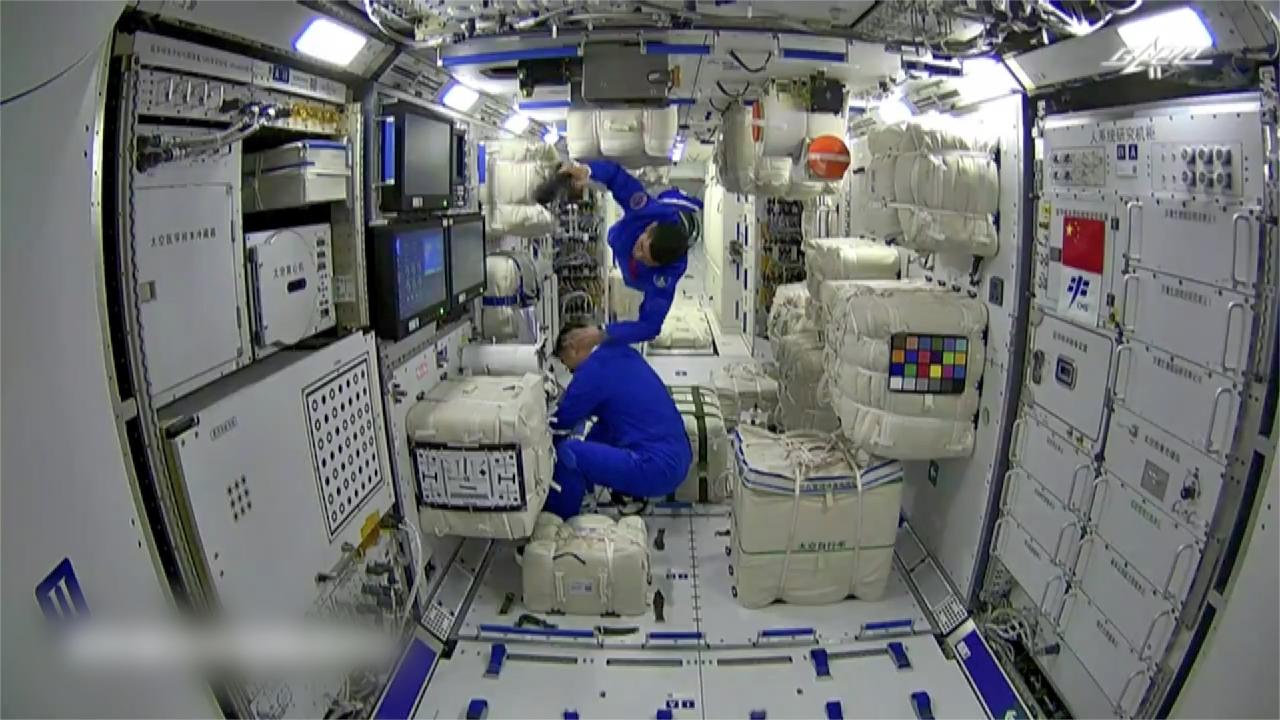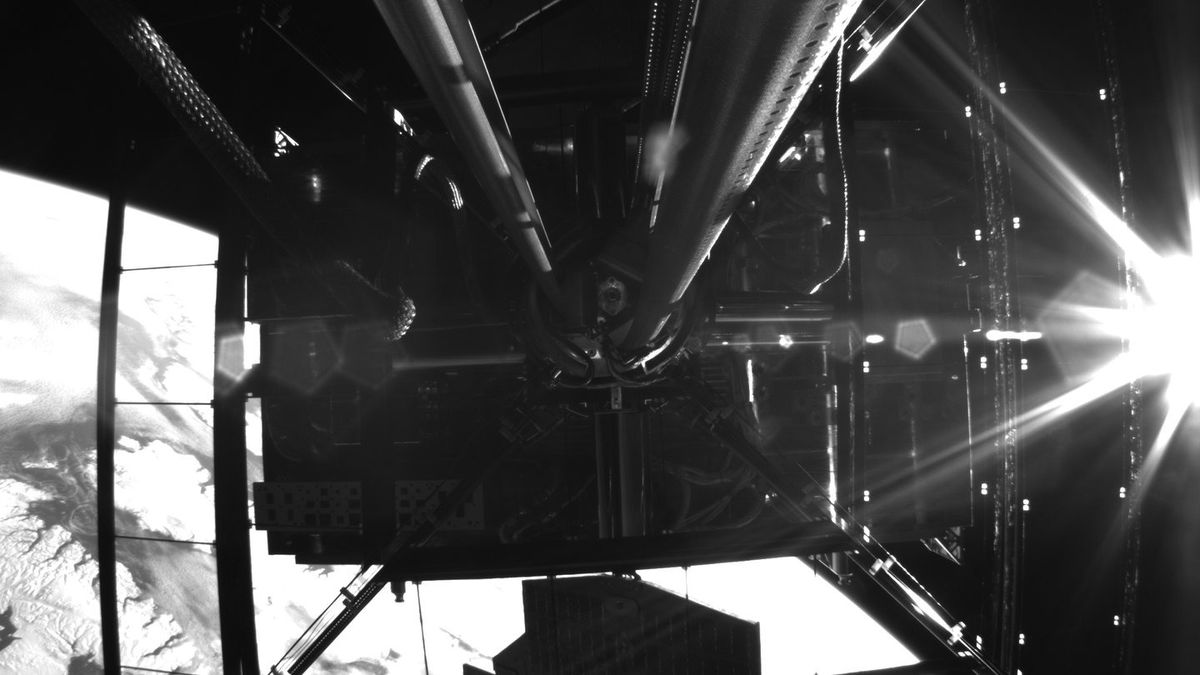Earth’s stability and habitability depend on the Moon, a unique cosmic companion. Unlike other inner solar system planets, Earth has a large moon, which has shaped human development.

The Moon’s Crucial Role: Shaping Earth’s Past and Present
In the early days of our solar system, a planetesimal around the size of Mars collided with Earth billions of years ago. This disaster formed a ring of superheated plasma around Earth that became the Moon. The Earth’s core has more heavy metals due to this impact.
The Moon may appear distant and quiet, but its effect goes beyond its beauty. Together with the Sun’s gravity, it affects tides in the short term. Dung bugs navigate via Moon polarization. Its greatest influence is long-term.
The Moon’s gravity stabilizes Earth’s tilt, which causes seasons. The evolution and adaption of life depend on Earth’s regular seasonal fluctuations, unlike other planets with different tilts. Our planet’s tilt might change drastically without the Moon’s gravitational counterweight, causing unforeseen climate changes.
READ ALSO: NASA Astronauts are Trying Out the Starship Lunar Elevator
Moon appears peaceful at night, but it shapes Earth’s conditions. In addition to its lyrical and aesthetic value, the Moon silently guards our planet’s ecology, ensuring life’s survival.




